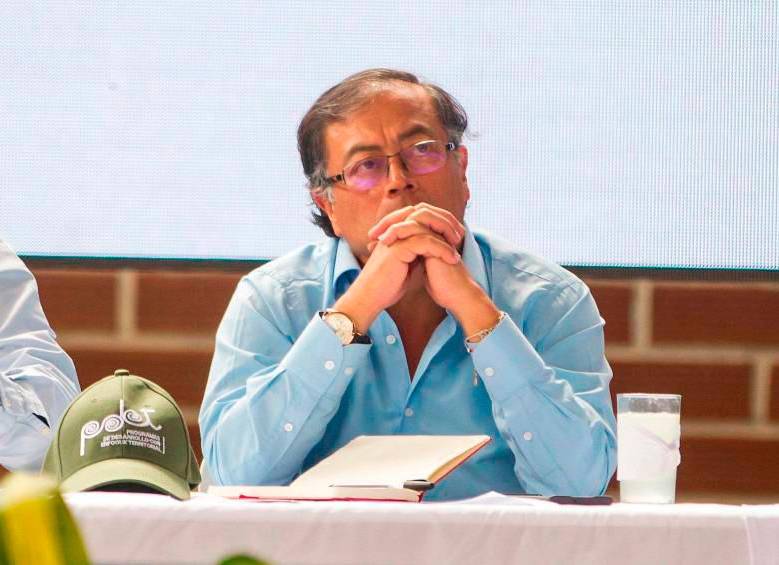Inflation is getting worse in Colombia, even despite the increase in the monetary policy rate of the Central Bank. Retail prices had a jump of 0.78% during the month of November, thus accelerating their expansion compared to the 0.72% of the previous month.
The interannual inflation rate rose to 12.53% compared to the same month in 2021, and reached the most drastic rate of increase since March 1999. So far in the administration of Gustavo Petro as President, the interannual variation of prices climbed almost 2 percentage points.
The food item was undoubtedly one of the most problematic items for the deterioration of the consumer basket. They increased by 27.1% interannual in November, the most extreme value since July 1998. This is one of the features of inflation that produces the greatest social discontent in the country.

But even without taking into account the effect of typically volatile goods like food and energy, “Core” inflation rose to 11.09% year-on-year in November, again hitting the most drastic levels since 1999.
The wholesale segment of prices registered an interannual increase of up to 24.76% at the end of November, a value comfortably higher than the rise on the retail market. However, the rate of increase of this indicator has continued to decline since April.
Inflationary expectations play a transcendental role in determining the demand for money, which today constitutes the main factor by which price stability is systematically prevented in Colombia.
Socialist Gustavo Petro‘s fiscal program promises uncertain results, and this fact puts great pressure on inflation. The Petro administration received a primary deficit of 2% of GDP, and a deficit financial result of up to 5.9% of GDP.
Finance Minister José Antonio Ocampo promised to carry out an adjustment of 2.8% of the product by the year 2023, through a tax reform to raise taxes and more than offset any increase in public spending. But the Minister’s goal lacks sufficient credibility in the markets.
Budgetary adjustments carried out through the control of spending allocations allow to trace a predictable path for the fiscal deficit into the future. Conversely, those governed exclusively by tax increases cannot do the same because collection is sensitive to factors that cannot be controlled, such as the level of economic activity or the variation in exports.
Colombia’s fiscal consolidation is not credible and signs of fiscal discipline have not yet been shown. Expectations respond negatively, the demand for Colombian pesos falls and the inflationary process acquires the most important dimension in the last 23 years.
With information from La Derecha Diario

